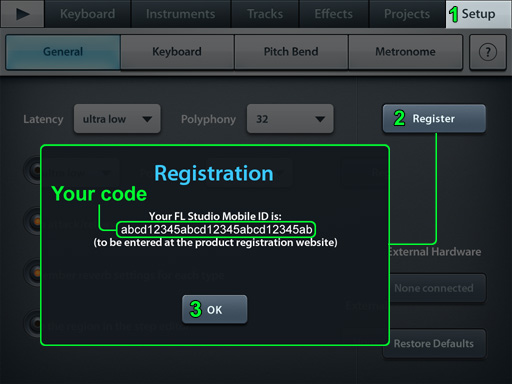

Single curve 2 – Another parabolic curve, but this one keeps the part of the curve that’s closer to the starting point straighter. The tension changes the amount of curvature. Single curve – A parabolic curve between two points. The tension changes the amount of curvature near the end points of the line. Smooth – A simple smooth slide between points. Hold – maintains a straight horizontal line at the start value and then jumps up or down to the end value. Here’s a visual breakdown of the different modes: By default, the Mode is set to Single curve. To change the type of line between two points, right-click a point and select a different Mode. If you want a straight line again, just right-click on the tension point to reset it. When you click and drag tension points, they will change the shape of the line they’re located on. Type in value… allows you to manually set the point to any value between 0 and 1, with 0 sending the point to the bottom of the clip and 1 sending the point to the top of the clip. If you right-click on any point, you will be presented with the options Copy value, Paste value, and Type in value… Copy and Paste is pretty self explanatory. Right-click on a point and click “Delete” to get rid of it. Each of these new points can be clicked and dragged to wherever you want, and you’ll also notice that new tension points were created between each new pair of points. We can also create new points anywhere between the default start and end points by right-clicking inside the clip. By clicking and dragging the end points, we can change their position, and this changes how the volume knob will behave over time. The middle orb is called “tension” which changes the shape or curvature of the line between two points.Īt default settings, as time progresses over the clip, the kick channel volume will remain constant since there is no change in vertical position between the left and right points. The two orbs at the left and right represent the Kick channel volume level at the beginning (left side) and end (right side) of the clip. Three orbs will appear, one at each far end, and one in the dead center. So we’ve got the clip in the playlist, now what? First, if you hover over the clip in the playlist you can see a few thing happen. FL Studio Automation Clip Playlist Operations Your channel rack will now also have a channel specifically made for the automation clip. If you go over to your Playlist, you can see a flat default automation clip has been created and pasted there for you. create a new automation clip channel in your Channel rack. create a new automation clip in your Playlist. A drop down menu will appear, and an option saying “Create automation clip” will become available. The fastest and easiest way to make an automation clip is to open FL Studio and right-click on almost any knob or slider you can get your eyes on. Infographic by: Create an Automation Clipįor this example, we’ll create and manipulate an automation clip for the channel volume of the default kick in the channel rack. The best way to learn what these do is by seeing how they’re used. It may sound confusing, but I promise after this, it’ll look simple. You could achieve this by creating an automation clip linked to the volume of each instrument channel or mixer track. Let’s say you want your drums to slowly decrease in volume as an airy synth increases in volume. to vary the behavior of said button, slider, or knob, with time and without the user actively engaged. #How to use fl studio software
This basically means they’re pieces of software code within FL Studio that can be linked to different buttons, sliders, knobs, etc. They are part of a larger group of features in FL Studio and many other DAWs that are formally known as internal controllers. An automation clip (or envelope) can automatically control the behavior of a parameter or group of parameters in FL Studio.

FL Studio Automation Clip Channel OperationsįL Studio automation can be achieved by a number of different methods.


Using Points, Tension, & Shape Modes in Playlist Automation Clips. FL Studio Automation Clip Playlist Operations.








 0 kommentar(er)
0 kommentar(er)
